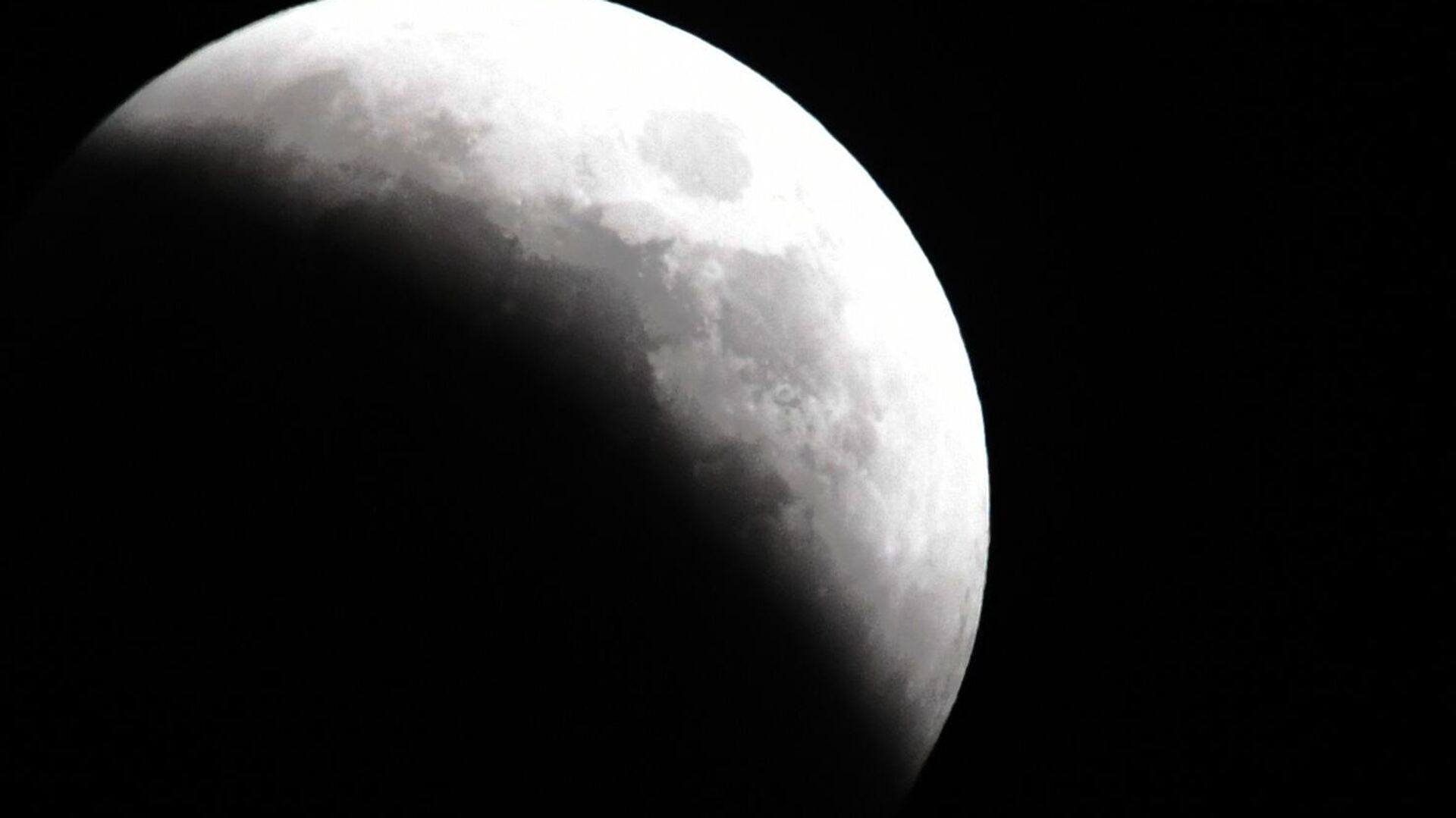https://sputniknews.in/20231212/lunar-anthropocene-epoch-highlights-damaging-impact-humans-leave-on-moon-5802737.html
Lunar Anthropocene Epoch Highlights Damaging Impact Humans Leave on Moon
Lunar Anthropocene Epoch Highlights Damaging Impact Humans Leave on Moon
Sputnik India
As per the report, the epoch depicts humans' significant impact on shaping the moon's environment since it started exploring the surface in 1959 — the landing of Luna 2.
2023-12-12T15:09+0530
2023-12-12T15:09+0530
2023-12-12T15:09+0530
science & tech
science & tech
moon mission
moon landing
moon
space satellite
space industry
international space station (iss)
space exploration
space rocket
https://cdn1.img.sputniknews.in/img/07e7/08/06/3422224_0:77:1481:910_1920x0_80_0_0_d211d8e265f0a1730ec2bd66d232ff1f.jpg
A new geological epoch for the Moon, the Lunar Anthropocene, has been proposed by anthropologists and geologists.According to the report, the epoch depicts the significant impact humans have had on shaping the lunar environment since the start of lunar surface exploration in 1959 - the landing of Luna 2.To date, more than 140 missions have been launched to the Moon. Although a few have carried humans, most have been robotic orbiters, landers and rovers.Experts argue that it is vital to study the impact of humans on such surfaces because celestial bodies are not adaptable to human presence.Although humans have not established permanent settlements on the surface, scientists are planning to place extensive technology and settlements in the crater.Holcomb said that disturbance from rovers, landers and human movement is significantly altering the regolith, and with the ongoing space race, the lunar landscape will be unrecognisable in the next 50 years.The author also expresses his concern that, although scientists have a 'Leave No Trace' policy, discarded spacecraft parts, human waste, scientific equipment and various objects are left behind, threatening the delicate lunar environment.
https://sputniknews.in/20231205/chandrayaan-3s-propulsion-module-shifts-from-lunar-to-earth-orbit--5706754.html
moon
international space station (iss)
Sputnik India
feedback.hindi@sputniknews.com
+74956456601
MIA „Rossiya Segodnya“
2023
Deexa Khanduri
https://cdn1.img.sputniknews.in/img/07e6/0c/13/138923_52:0:533:481_100x100_80_0_0_cadf23d341691fc65ff2b22fd1afe584.jpg
Deexa Khanduri
https://cdn1.img.sputniknews.in/img/07e6/0c/13/138923_52:0:533:481_100x100_80_0_0_cadf23d341691fc65ff2b22fd1afe584.jpg
News
en_IN
Sputnik India
feedback.hindi@sputniknews.com
+74956456601
MIA „Rossiya Segodnya“
Sputnik India
feedback.hindi@sputniknews.com
+74956456601
MIA „Rossiya Segodnya“
Deexa Khanduri
https://cdn1.img.sputniknews.in/img/07e6/0c/13/138923_52:0:533:481_100x100_80_0_0_cadf23d341691fc65ff2b22fd1afe584.jpg
lunar anthropocene, celestial body, anthropologists, geologists, luna 2, robotic orbiters, landers, rovers, justin holcomb, kansas geological survey, journal nature geospace, moon surface, moon surface landing
lunar anthropocene, celestial body, anthropologists, geologists, luna 2, robotic orbiters, landers, rovers, justin holcomb, kansas geological survey, journal nature geospace, moon surface, moon surface landing
Lunar Anthropocene Epoch Highlights Damaging Impact Humans Leave on Moon
Deexa Khanduri
Sputnik correspondent
Scientists propose a new geological epoch, the Lunar Anthropocene, to denote the impact over 140 missions have left on the Moon; they are concerned about landscape change and call for responsible exploration and conservation.
A new geological epoch for the Moon, the Lunar Anthropocene, has been proposed by anthropologists and geologists.
According to the report, the epoch depicts the significant impact humans have had on shaping the lunar environment since the start of lunar surface exploration in 1959 - the landing of Luna 2.
To date, more than 140
missions have been launched to the Moon. Although a few have carried humans, most have been robotic orbiters, landers and rovers.
Experts argue that it is vital to study the impact of humans on such surfaces because celestial bodies are not adaptable to human presence.
"On the moon, we argue the Lunar Anthropocene already has commenced, but we want to prevent massive damage or a delay of its recognition," Justin Holcomb, an archaeologist at the Kansas Geological Survey, stated.
Although humans have not established
permanent settlements on the surface, scientists are planning to place extensive technology and settlements in the crater.
Holcomb said that disturbance from rovers, landers and human movement is significantly altering the regolith, and with the ongoing space race, the lunar landscape will be unrecognisable in the next 50 years.
The author also expresses his concern that, although scientists have a 'Leave No Trace' policy, discarded spacecraft parts, human waste, scientific equipment and various objects are left behind, threatening the delicate lunar environment.
"The moon's exosphere, composed of dust, gas, and ice in permanently shadowed areas, can be affected by exhaust gas propagation from human activities," the author emphasised in his study published in the journal Nature Geospace.



